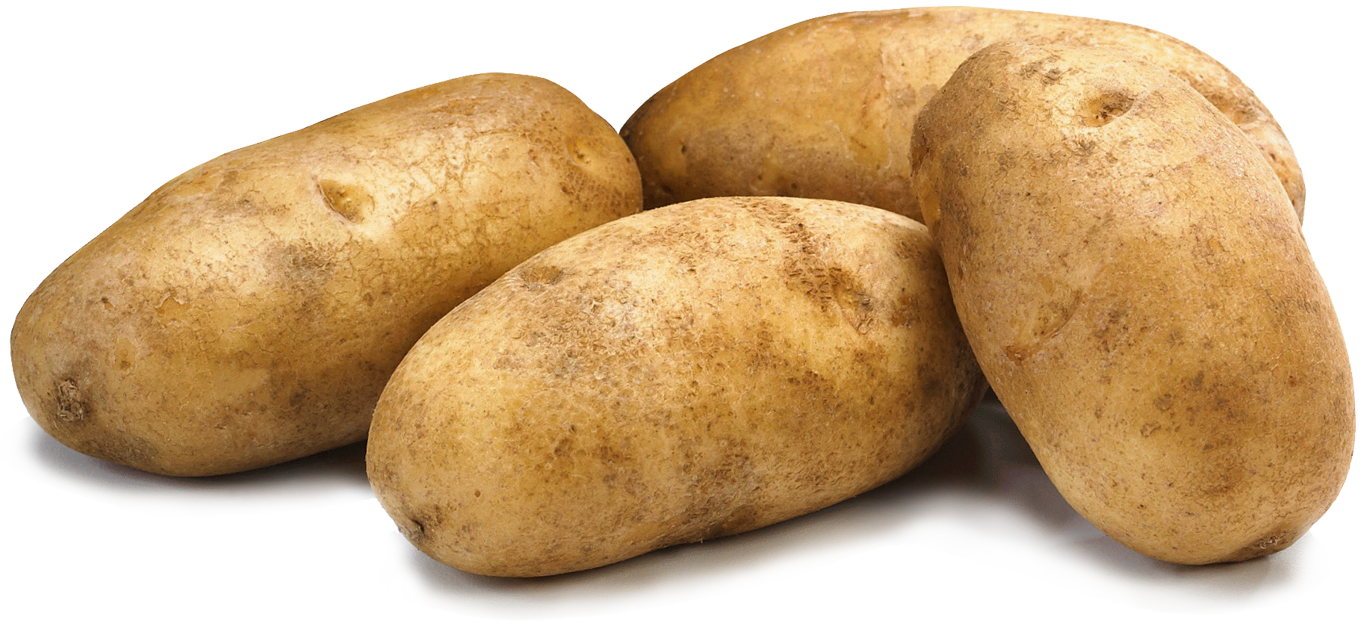Sous vide cooking. It’s easy to buy a bulk quantity of food, vac-pack and cook it, then freeze it. This saves time and money both on purchase, initial prep, and mealtime prep.
For example, we buy a whole, locally-grown, grass-fed chuck flap. We trim, bag, and cook the entire flap in one day. This provides my partner and me about six weeks of meals with high quality protein. Added bonus: the juice and gelatin in the bag after cooking makes excellent soup stock or cooking liquid for beans. Double added bonus: a sous vide chuck steak is just as good as the best ribeye fillet.
Also learn to use an entire chicken. For example, spatchcock and roast the chicken for dinner. Break down the carcass to get every scrap of meat. Make chicken salad the next day. Roast the bones, make a mirepoix, and make chicken stock. Use that to make chicken and dumplings or chicken soup. The two of us eat for a week from one chicken.
Learn about food preservation and safety: reusable containers, dangerous food conditions, fermentation, canning, making stocks… A huge part of saving money on food is not wasting any of it. Being able to buy in-season food when it’s cheaper and more nutritive is a big deal.
And on that note: avoid cheap, low-nutrition food. Sure, that industrial, NPK produce and ultra-processed box meal might be “affordable.” But those tend to be empty calories; you have to eat more of it to feel sated and get the nutrition you need. Locally grown, in-season foods tend to be better food values since you need to eat less of them to get the same micronutrients. See: “The Doritos Effect,” by Mark Schatzker.
My only worry are EDCs. They are heavily present in plastic, and sous-vide bags are no exception.
EDIT: EDC refers to Endochrine Disrupting Chemicals, proven to be a big problem for reproduction.
Well, goddammit, I just had a huge reply typed out, and the website deleted it when the text window lost focus. Okay, super short version: /u/akrot raises a good point, and we would all do well to apply harm reduction and awareness of EDCs in our lives. They are ubiquitous and insidious. In my case, sous vide cooking is one of the very few explicit uses I concede to single-use plastic in my life. It is also one of the few points in my kitchen that food touches plastics.
We must all pick our own battles, and everyday EDCs demand some awareness-raising.
Every Day Carries? Like a bunch of knives and flashlights?
I did not know it was safe to freeze after the sous vide water-bath.
Thanks for that!
Just gotta watch out for freezer burn and avoid the food being in the temperature danger zone for a significant time. The real issue here is that you’re essentially applying three separate transformations to your food (cooking, then freezing, then cooking again), which compounds the amount of possible error in your finished result.
Freezer burn is a function of air reaching the food while frozen. Use a chamber vacuum sealer that can pull vacuum into single-digits mmHg. We live on a sailboat, and our freezer is set at 22F/-5.5C for energy conservation. Never had freezer burn.
Here’s some more info on food safety with sous vide cooking: https://www.americastestkitchen.com/cooksillustrated/articles/1131-is-sous-vide-safe
Huh, I did not know that. Thanks for the info!
This is quite the rabbit hole!
Any resources for someone starting off?
My goto for all things savory is Serious Eats, and specifically J. Kenji Lopez-Alt’s work on the topic: https://www.seriouseats.com/search?q=sous+vide
I see J. Kenji, I upvote. My best recipes come from him. Makes me want to start sous vid’g.
One thing I’ve realised after many years of trying to eat cheap and healthy is that not all cheap and healthy food advice applies in every region - you really need local advice to make the best choices possible.
For example, I’ve often read the advice to eat rice to stay cheap, but where I live, potatoes usually come out to be cheaper, especially just after harvesting. Potatoes are also arguably a better choice from a health perspective.
Otur när man gillar ris
Strongly agree. Potatoes down here are never cheap. Same with apples. But I can often get pineapple for $2, bananas are cheap here too. And lots of the Latin American food is reasonable. A huge bag of rice is very cheap per lb here.
The highest rated recipe on BBC Good Food is Chilli con Carne. It’s cheap and easy to make, and can be dumped on top of a big pile of rice
Don’t tell anyone this, but the ducks in the park are free, you can take as many of them as you want
I saw a guy do this when I was a kid.
Yeah but you gotta catch em first
😵
1 cup of lentils, can tomatoes, carrots, celery, onions, 5 to 6 cups of water, 1 tsp salt. From there season with whatever. Want an Italian taste add oregano, basil, etc. Want more Indian add curry powder, cumin, ginger. It really takes on the flavor profile of whatever you add to it. Inexpensive and very healthy.
Soak dried Porcini or Shiitake mushroom in a bowl of warm water for about 20 min (can boil the mushrooms if fresh). The mushrooms then can be used as an ingredient to a variety of recipes but more importantly, the bowl of water is now an umami bomb, and can be used as a broth or seasoning to add a ton of flavor to a bunch of dishes (pasta sauce, soup, stir-fry…)
Porcini in particular has an earthly, nutty taste and can be used to create complex sauces with a “beefy” taste.
You can get powdered porcini. That won’t require the soak.
Crock Pot, skinless chicken thighs, bottled sauce of your choice, frozen veggies of your choice, cook until chicken is done.
Chicken thighs are the cheapest chicken meat and changing up the flavor of sauce and blend of veggies makes it feel like completely different meals.
Serve over rice or pasta, depending on which kind of sauce you used.
Get a rice cooker with a steam tray. Make a cup of rice, with frozen veggies in the tray. Spice the rice if you want (a little cumin with pepper slices makes excellent fajitas).
When I was in college I put rice in everything because it disgusted my flatmates. I could cook a meal and repel mooches at the same time.
I don’t want to meet anyone who is disgusted by rice. I’m sorry you had to endure that.
Meal planning carefully to take advantage of sales, buy in bulk when possible, and eliminate food waste. I have my meals planned out through the end of January and I do this every month. The money I spend on groceries has halved since I started using this approach.
As weird as it sounds, paying for a meal delivery service has really cut down our cost for food. We used to be poor planners, so would just go to the store and buy staples without having actual meals planned out in advance. More often than not, nothing really looked good or we wouldn’t have all the ingredients to make a meal, so we’d order out.
For the price of ordering out once a week, we now have ingredients for 3 or 4 meals delivered to the house every week. Then it takes the guess work out of planning, because it narrows down our options to what we had delivered.
Sure, it’s more expensive than doing the planning ourselves and going to the store to buy the ingredients. But it sure does save us a lot of money overall, since we now eat out less than once a week, instead of multiple times per week.
Ain’t nothing wrong with those meal kit services. They’re reasonably priced and great for taking the planning out of the equation. I tend to sign up for them for a week at a time when life throws me a curveball.
Cabbages, dried beans/peas/lentils, and collards. Learn to cook these “poor foods” in ways you like - they are cheap and plentiful and amenable to lots of different methods (cabbage, especially). Extend/bulk all the above with rice, farro, polenta, tortillas, or a solid southern cornbread recipe (not sweet and more cornmeal than flour).
I do both collards and beans in an instant pot (not together, though), which cuts down on mess and time. One of my favorite things to do with cabbage is make Kim chi or sauerkraut. Kraut is easier (and a little cheaper, it’s just cabbage, salt, and time) and opens up a realm of easy Euro-ish meals (kraut, lentils/potatoes, and sausages, for example, is highly economical, tasty, and filling).
All of those things taste awful. Beans can be pretty ok at least.
Dr Pepper and Cold Brew make a fantastic mixed drink; it tastes similar to spiced rum with no alcohol.
Lots of beans and rice. So many different meals with beans and rice.
A garden. Or knowing someone with a garden, at some point we all get an excess of something, I gave a big bag of jalapenos to our yard guys at the end of the summer, they were so abundant.
We do use the Too Good to Go app, but not many participating restaurants here, it’s more for a treat.
Working at a restaurant that feeds you, I used to work at a place you could come for supper (teatime) before the evening shift. Not a chain place.
Set aside some part of the weekly budget for oil, spices, seasonings, chili paste, condiments. With these you can build variety of flavor into a basic cheap diet and they last awhile, you don’t have to buy all of them each time, but always buy some.
ETA: planning the week of meals saves more money than trying to buy cheap foods, for me, but we still have kids at home so the calculation is a little different. I just don’t like to - so I make a loose framework, know about 4 of the 7 meals, and keep dry/canned beans and pasta and rice on hand, and there is usually some veg in the garden, so I can leave some room for improvisation. Even that level of planning does save money.
Flour is the highest nutrients per dollar you can buy. Make some bachelor cookies!
Amen.
You can make pasta with flour, water, and salt. Add yeast, and you can make country loaf bread. Add a little sugar, butter, & milk, and you can make white sandwhich bread, or dumplings for soup. These are absurdly easy recipes, almost impossible to mess up. Change the portions, and you have sugar cookies, like you said! Splurge on chocolate chips and you can have chocolate chip cookies. Get some baking soda, and you can make crackers.
Flour’s about 80¢/lb. Salt is $10 for 26 oz, which will last many, many recipes. Yeast is $1.50/oz. For $25, you can make about 25 loaves of bread, and still have a bunch of salt left over.
Flour is the single best, and most versitile, calorie-to-dollar value food.
Easy (relatively) chowder with random veg, protein and cheese
The only specific ingredients are onions, garlic, spices, heavy cream and at least some cheddar.
Before starting salt all of your veg. This is so they are INTERNALLY seasoned, otherwise you’ll have salty soup and bland veg.
Saute your onions (with any other hardy vegetables) and butter can be used if feeling indulgent. Salt as you saute
Once slightly tender add and cook a couple tablespoons of flour (depends on quantity of soup and desired thickness)
Add whatever stock or bullion on hand (I use home made with bones and veg scraps). You could also use plain water if really starving and desperate though.
Once the soup is boiling add a ton of (salted) minced garlic, FRESH CRACKED black pepper, rosemary, thyme, smoked paprika and a couple pinches of mustard powder. These can be fresh or dry, but I do like fresh garlic and fresh cracked pepper (many of the flavors and compounds are highly volatile and will literally float away if stored post cracking). Also be generous with your spices, makes it way tastier.
Add your veg. It can really be anything from broccoli, cauliflower, potatoes, corn, peas, carrots, mushrooms zucchini, celery, cabbage (not too much), bell peppers, etc. experiment and go nuts.
When pot is hot again add your protein, nothing specific. I’ve used ham, pork, ground beef, ground turkey, deli meat that was gonna go bad, breakfast sausages, Italian sausages, chicken breast and thighs and even tilapia. Make sure to salt them for 15 mins before adding.
When your proteins are not raw and almost cooked add heavy cream (if you don’t have much you can also add some milk, you can also freeze milk, let it melt and drip into a container, when halfway melted remove the frozen milk and whatever is collected is highly concentrated because all of the fats in the milk melt much faster than water)
When soup is reduced to desired amount turn off the heat and let it cool to a light simmer. Add your cheese and stir thoroughly. If soup is too hot your cheese will cook and clump up in nasty globs and will not thicken your soup either.
That sounds delicious! Thank you
If you buy milk alternatives regularly it might be worth getting a high powered blender and a nut milk bag and making your own nut milk. Any high powered (2200W) blender will work, you don’t need a $500 Vitamix, there are some brands for around $100 on Amazon- CasaCosa is a good one. But a regular or compact blender will not work.
There are shockingly few nuts in a half gallon of almond milk and it takes like 5 minutes including clean up. It only lasts about 4 days in the fridge, so it’s twice a week kind of thing, but it’s really not difficult. If you use cashews you don’t even have to strain it, since they have very little fiber.
If you do use a high fiber nut, like almonds or walnuts, you can save the pulp and use it instead of (or in addition to) regular flour to make quick breads (pumpkin, banana, zucchini, etc.) and pancakes.













